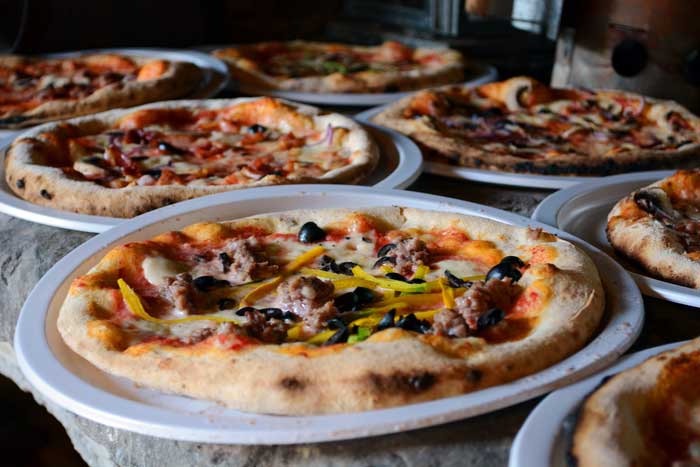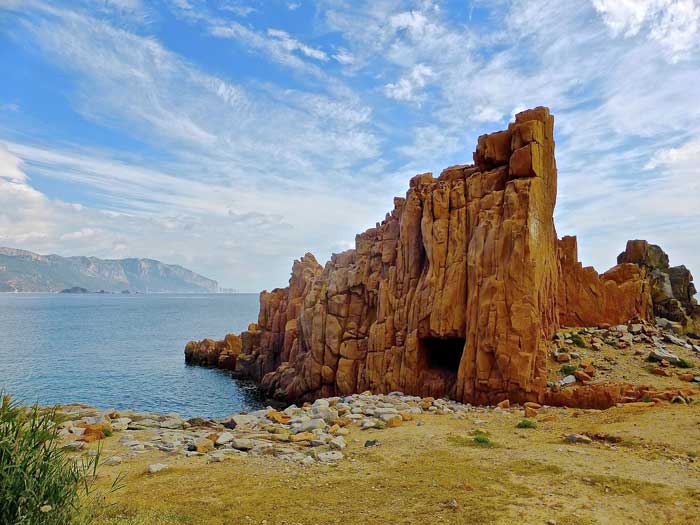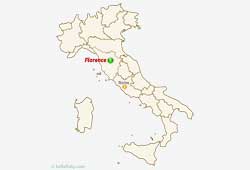
Pasta, Traditional Italian Food
The immense variety of traditional Italian food clearly reflects Italy’s distinct, historical facts. In fact, Italian cuisine is a general term for designating the whole set of every regional Italian cuisine practiced in each of the twenty, distinct Italian regions.
Contrary to the general belief beyond Italy’s borders that associates Italian food with pizza, spaghetti and perhaps risotto, Italian cuisine is and has always been truly regional. There aren’t many dishes considered national Italian dishes.
However, besides bread, there is one traditional Italian food that does unite the Italian peninsula and the islands, which is, unsurprisingly, pasta.
Having said that, each town, city or region makes and cooks pasta in different ways with different ingredients and according to a variety of cooking traditions and techniques.

Seasonal Vegetables in the Market of Campo de Fiori, Rome
Photo by Moyan Brenn
Every Region Has Its Own Traditional Italian Food
Italy may be a small country for American standards, but the undeniable differences in traditional Italian food have been shaped by the different climates, geography and history.
Some regions are mainly coastal like Liguria; some are hilly like Apulia and Tuscany. Umbria is landlocked and away from the Mediterranean Sea. Trentino-Alto Adige/Südtirol boasts high snowed mountains, and people speak German and Ladin besides Italian.
The Southern regions have mild, sunny winters while in the North cold and foggy winters aren’t rare. And some are completely surrounded by the Sea like the islands of Sicily and Sardinia.
At the same time, some regions experienced Greek or Arab influences and others were invaded by the French or the Austrian. Some regions like the Venetian Republic dominated the Greek Ionian Island and Crete.
Because universal schooling and modern communications and technology are recent phenomenons, cooking traditions weren’t shared at a large scale until recently, another factor that easily allowed each region to maintain its traditional Italian food into the 21st century.

Pizza in La Tavola Marche Agriturismo
Photo by Pug Girl
Basic differences between North and South
Broadly speaking, here are some fundamental distinctions between the culinary traditions of the north and the south of Italy
- Garlic is used mainly in the South of Italy. Tuscany uses some as in the Tuscan bruschetta, but in the traditional cooking of the North of Italy, there’s very little garlic.
- While in the South olive oil is omnipresent in the kitchen, in the North they use butter and less olive oil for cooking.
- Southern Italy uses lots of tomato-based sauce while the North tends to more dairy sauces.
- In the south of Italy, a meal isn’t complete without pasta; in the North pasta has to compete with polenta, rice and gnocchi.
- Southern dishes are spicier and use lots of herbs like basil and oregano; the North tends to make abundant use of herbs like rosemary and sage.
- The culinary traditions of the French and Austro-Hungarian Empire had a noticeable influence in the cuisine of Northern Italy while in the south there were the Arabic and Greek cuisines that left their clear imprint.
Whatever the region, the whole of Italy is blessed with seasonal vegetables and fresh produce that allows for its delicious Italian traditional food.





